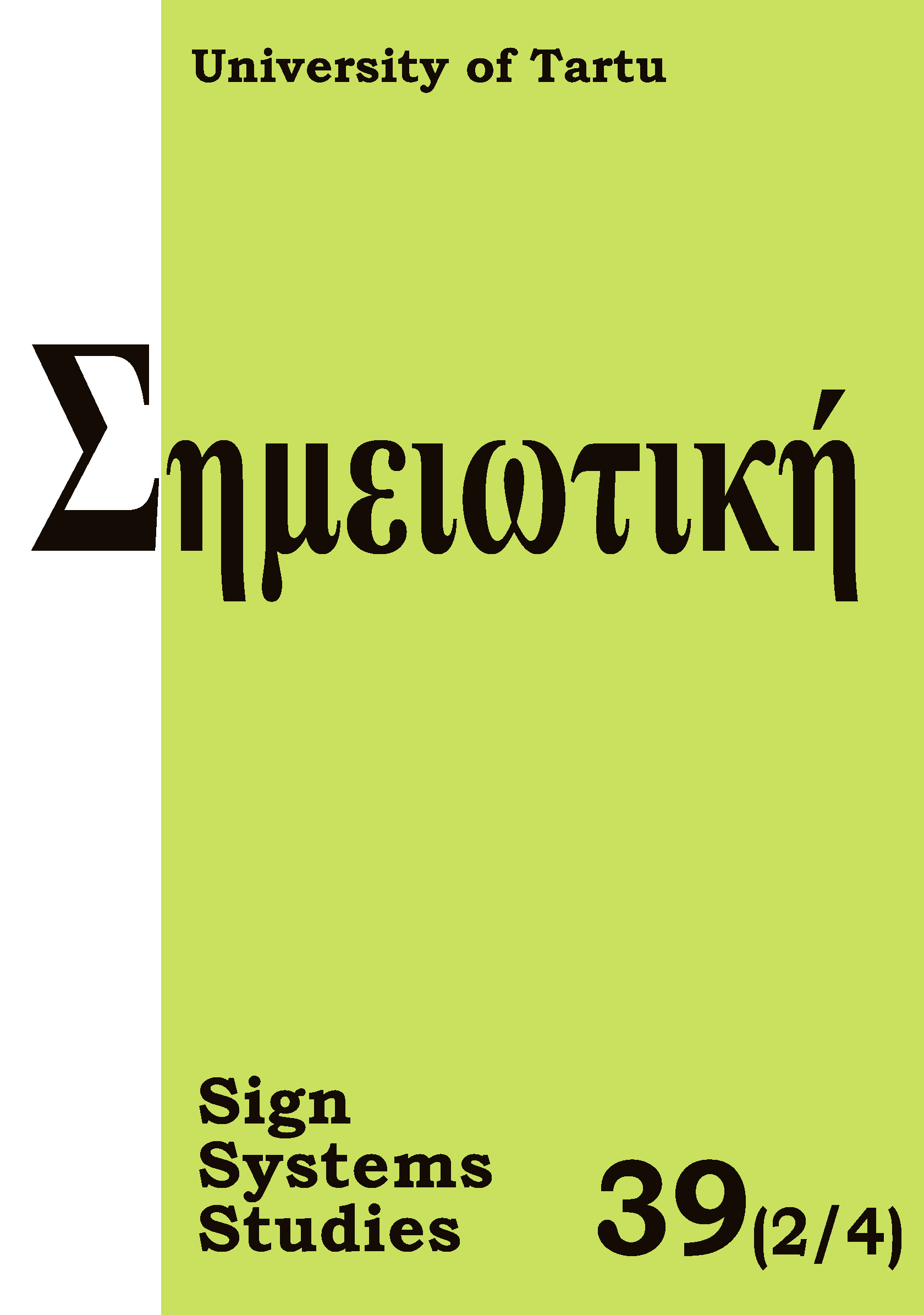The institution of semiotics in Estonia
DOI:
https://doi.org/10.12697/SSS.2011.39.2-4.13Abstract
The article gives a historical overview of the institutional development of semiotics in Estonia during two centuries, and describes briefly its current status. The key characteristics of semiotics in Estonia include: (1) seminal role of two world-level classics of semiotics from the University of Tartu, Juri Lotman and Jakob von Uexküll; (2) the impact of Tartu–Moscow school of semiotics, with a series of summer schools in Kääriku in 1960s and the establishment of semiotic study of culture; (3) the publication of the international journal Sign Systems Studies, since 1964; (4) the development of biosemiotics, notably together with colleagues from Copenhagen; (5) teaching semiotics as a major in bachelor, master, and doctoral programs in the University of Tartu, since 1994; (6) a plurality of institutions — in addition to the Department of Semiotics in the University of Tartu, several supporting semiotic institutions have been established since 1990s; and (7) a wide scope of research in various branches of semiotics, including theoretical studies, empirical studies, and applied semiotics projects on governmental and other request.Downloads
Download data is not yet available.
Downloads
Published
2011-12-01
How to Cite
Kull, K., Salupere, S., Torop, P., & Lotman, M. (2011). The institution of semiotics in Estonia. Sign Systems Studies, 39(2/4), 314–342. https://doi.org/10.12697/SSS.2011.39.2-4.13
Issue
Section
Articles


